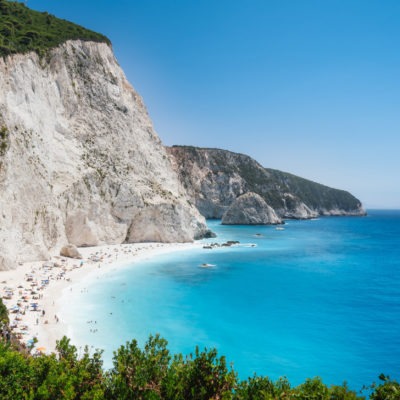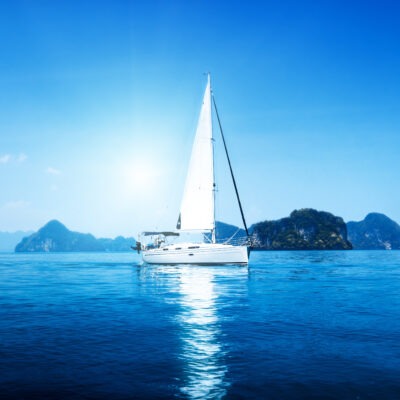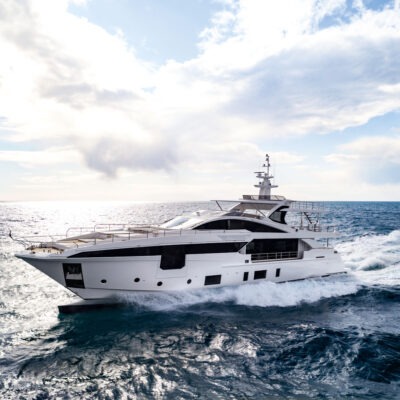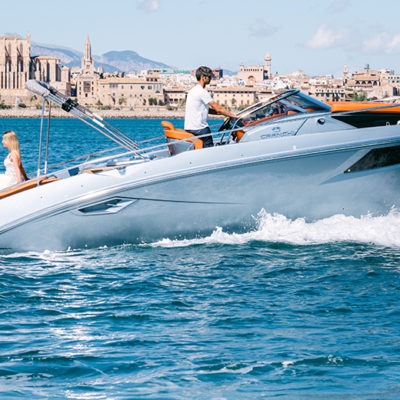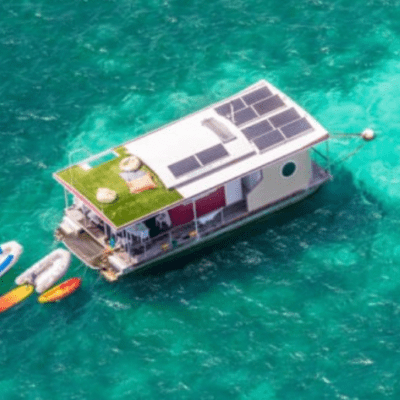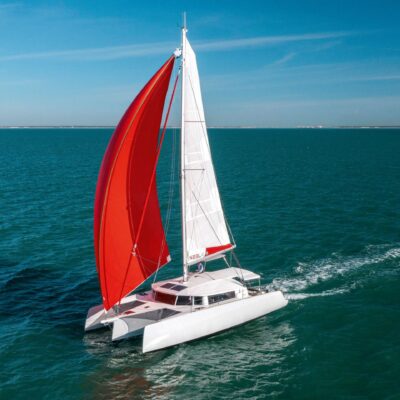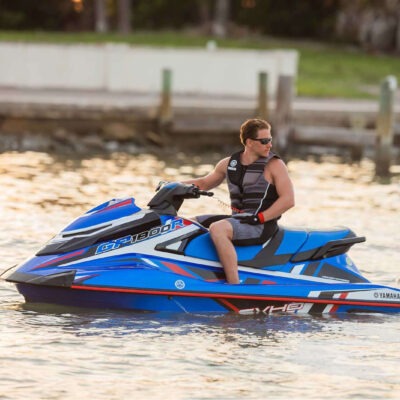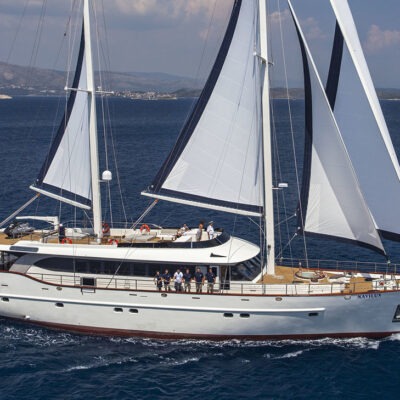Ionian Islands

It is located in the western part of Greece in the Ionian Islands. Another name is Eptanis, meaning “the seven islands,” although it is made up of several smaller islands in addition to the seven main islands. The center of the islands is the city of Corfu on the island of Corfu.
The main islands are the following: Corfu, Paxos, Lefkada, Ithaca, Cephalonia, Zakynthos and Kythera.
Corfu:
The northernmost and most popular island is Corfu, whose history is closely intertwined with ancient Greek mythology. Tourism has a real tradition here that dates back more than 130 years. The island where Odysseus stopped before returning to Ithaca is famous for its cultural institutions, beautiful beaches and charming resorts.

Zakynthos:
Kefalonia’s closest neighbor is Zakynthos, the third largest in the archipelago. Also known as Zante, the island is famous for its varied coastline, surrounded by massive cliffs and caves on the west coast, all the way to the north. In the south and east there are sandy beaches, which are excellent for a pleasant rest. The Blue Caves are stunning as the deep blue color of the sea is reflected from the vaults of the caves in the early hours of the morning providing a wonderful and unforgettable sight.

Cephalonia:
Cephalonia is the largest and most beautiful island in the Ionian Islands. Its capital, Argostoli, invites us with a magnificent view of the Koutavous Lagoon. It is located in a nature reserve that is crossed by migratory birds and tortoises. Melissani Cave, near the island’s main port, Sami, is a must-see natural attraction.

Ithaca:
From Homer’s tale of Odysseus, many of us are familiar with the island of Ithaci, also known as Ithaca, home to the famous Greek hero. The Cave of the Ancient Nymphs is a must-see, which is a pleasant walk from the capital of Vathy.
Lefkada:
Surrounded by several islands, Lefkada is connected to the Greek mainland by a floating pontoon bridge and a long embankment. The easily accessible island is a popular holiday destination with a lot of natural and cultural attractions.
Paxos:
It is the smallest in the archipelago, only 13 kilometers long and it can only be reached by boat. Luxury resorts and beautiful beaches attract those looking to relax, but if you want some active recreation you will also find it in this island.
Weather:
Greece has a typical Mediterranean climate with an average annual temperature of 25 degrees Celsius. The seasonal weather is relatively constant, with temperatures around 30 degrees Celsius. Summer is humid, with temperatures around 35 degrees Celsius, especially in July and August.
Sometimes there are showers and storms, but this kind of weather lasts for up to a day.
Most of the rainfall falls in the northwestern part of Greece and in Corfu during the winter. The sea temperature is around 20-25 degrees Celsius from April to November.
Wind:
The wind and sailing conditions in the Ionian Sea are ideal and predictable, blowing north-west at Force 2 to 5 between May and September. In spring and autumn, the wind is less strong and blows usually from south-west.
Banking:
The currency is the Euro.
Master and Visa cards are accepted widely in larger stores and restaurants but you may need cash for independent, small businesses. You can find ATMs at the marinas and banks. Banking hours are Monday to Friday (8:00am to 2:00pm).
Internet:
You’ll find free Wi-Fi in many shopping malls, restaurants and cafes, but you may find that speeds vary.

 Ask for a free consultation
Ask for a free consultation 